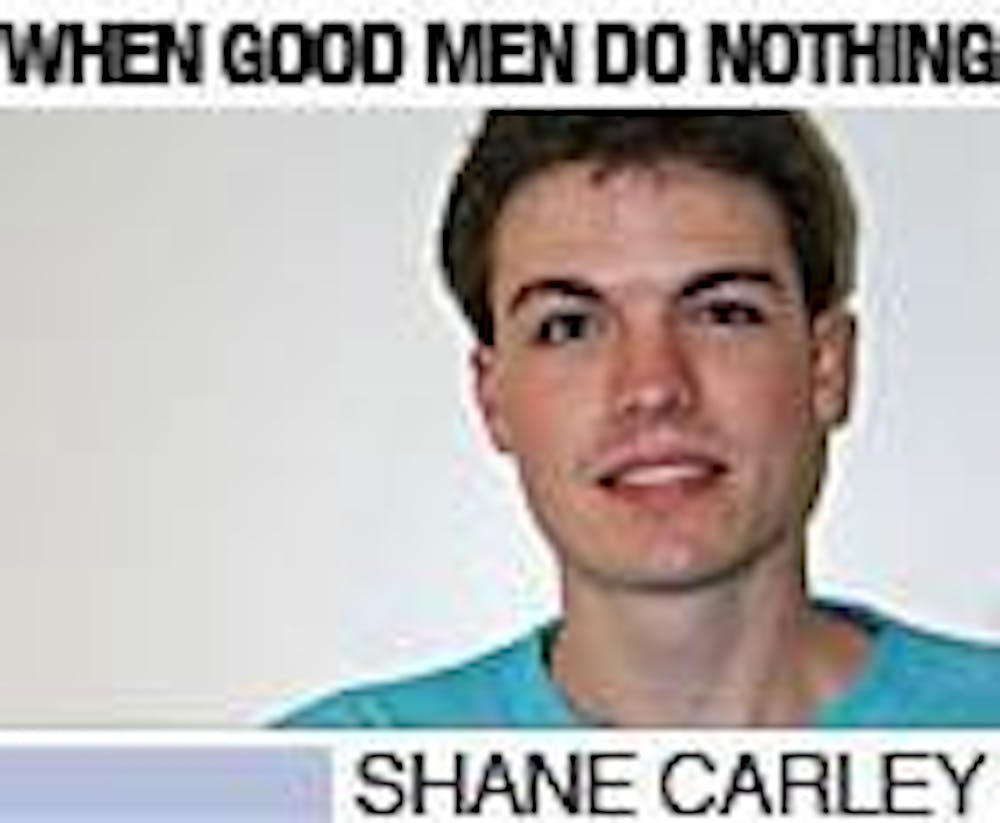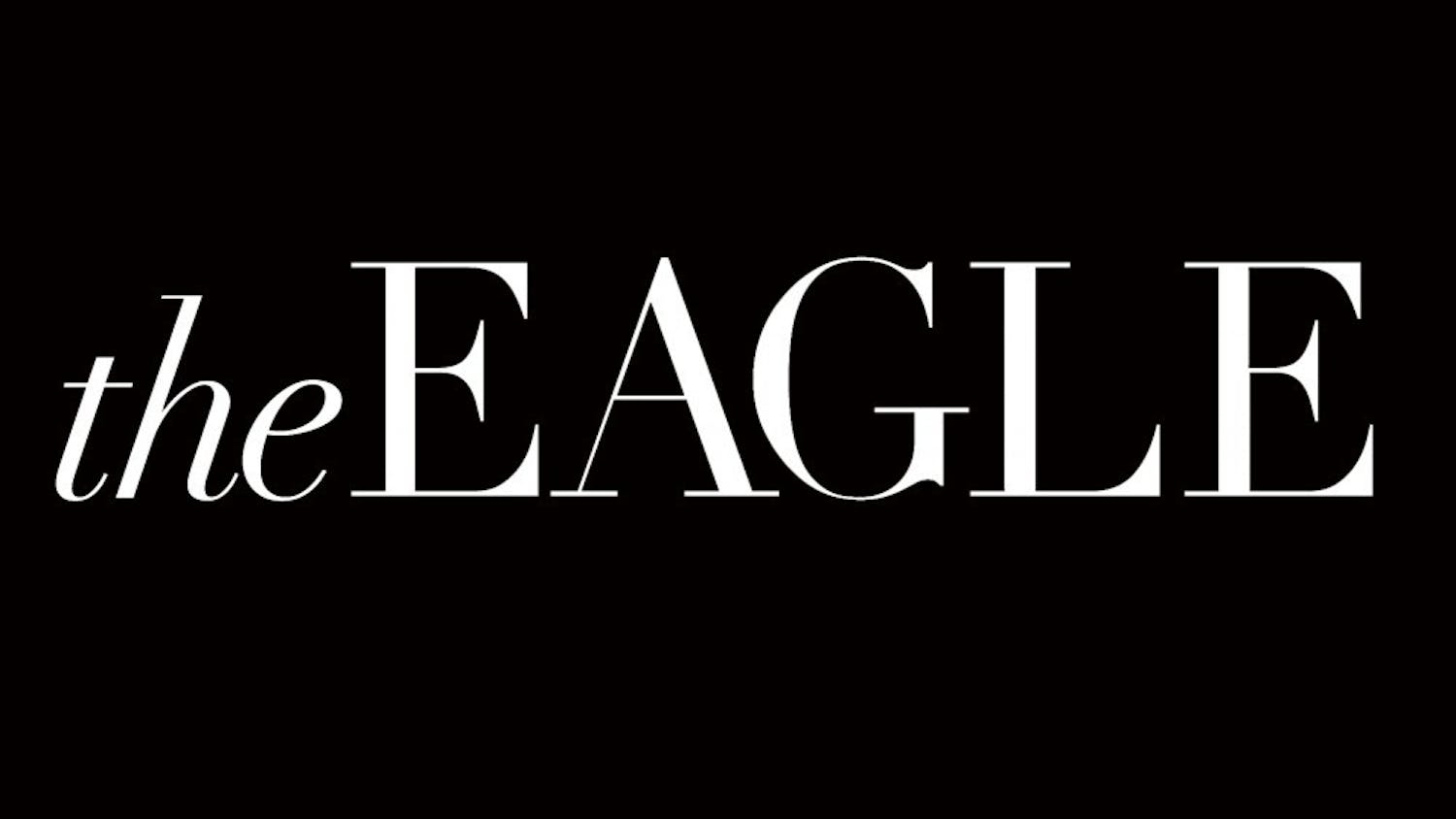The youth vote has always been unpredictable. It seems that every election cycle, there is always a candidate that "energizes," "invigorates" or "electrifies" youth voters. A big fuss is made, said candidate is usually declared to be the frontrunner (see: Dean 2004 and Obama 2008), and there are the inevitable 92 prime-time specials about how "this time, the youth vote will be the difference." On the other side of the issue, there are those who repeatedly proclaim that youth voters are always the same: They never show up when they say they're going to, and they never make a difference in the election.
In case you haven't noticed, the youth vote never goes exactly as either of these groups expect it to. During the 2004 election cycle, Howard Dean supposedly energized youth voters like never before because of his straight talk, his down-to-earth nature and his excellent grassroots organizing. However, despite predictions of victory, Dean finished a hugely disappointing third place in the Iowa caucus, 20 percentage points behind winner John Kerry, prompting an apparent meltdown on national TV that derailed his campaign for good. This came despite young voter turnout in Iowa quadrupling, according to the Huffington Post. Even more interestingly, according to the same source, despite their apparent enthusiasm for Dean's campaign, a mere 25 percent of voters ages 17 to 29 cast their votes for him, compared with 35 percent for Kerry. The moral of the story: Even if youth voters show up at the polls, chances are they won't do what you expect them to do.
Now, of course, we are embroiled in the 2008 election cycle, and the youth vote is once again a topic of much discussion. So far, it is living up to its unpredictable nature. Obama won the Iowa caucus by several percentage points over Hillary Clinton, garnering 57 percent support from 17- to 29-year-old voters whose numbers had once again tripled from 2004, according to The Center for Information and Research on Civic Learning and Engagement. This victory naturally caused a media uproar, as the newest darling of the youth vote was quickly assured victory in the following week's New Hampshire primary. Sadly, it was not to be, as Clinton stole the show in the Northeast. The moral of the story: If you think you've got youth voters pegged, you are wrong.
Despite the unpredictable nature of the youth vote, some of the other assumptions about it are simply wrong. For instance, many believe that apathetic young voters simply don't show up on Election Day. However, the change in turnout since the previous two elections tells a different story. In fact, youth voter turnout in the 2004 election was 47.7 percent, according to the U.S. government, not far below the national average of 55.3 percent. This was up almost a full 10 percent from the 2000 election, when youth voter turnout languished about 15 percent behind the national average. The moral of the story: You may not know what they're going to do when they get to the polls, but it is unfair to assume that youth voters won't show up.
With so many uncertainties surrounding the youth vote, it is no surprise that it receives so much attention in the media. As young voters, it seems that we should take pride in being one of the greatest sources of confusion for the mainstream media. But regardless of what the media may say, it seems that if the youth vote continues to grow at its current rate, it is only a matter of time until it eclipses the votes of older generations. Whether this increased voter turnout is the result of increased awareness or simply a demographic galvanized into activism, today's youth must continue to loudly and proudly participate in the voting process.
Shane Carley is a freshman in the School of Public Affairs and a conservative columnist for The Eagle.





